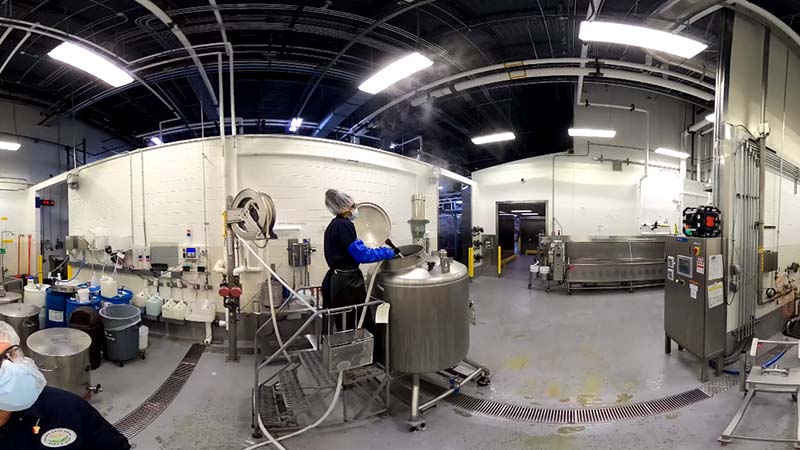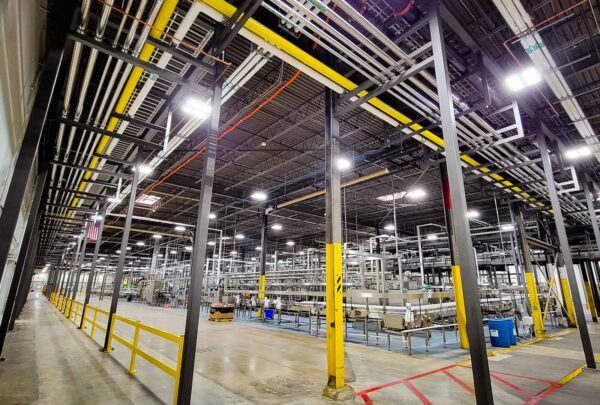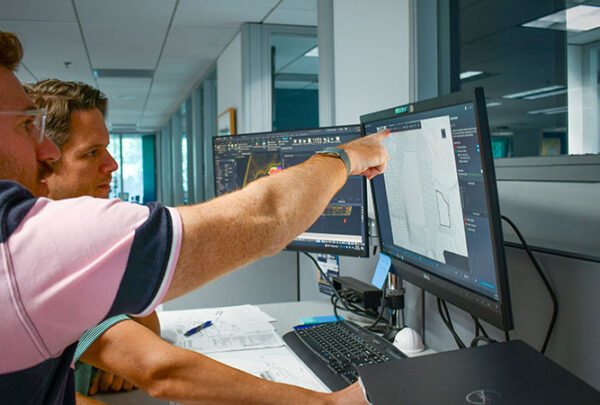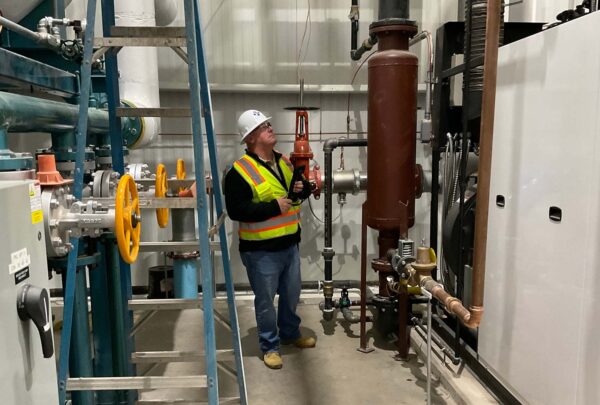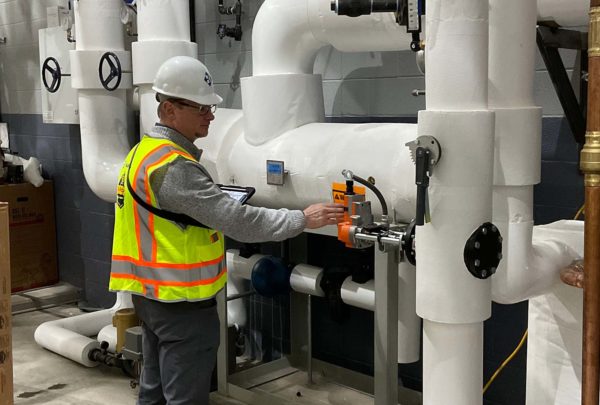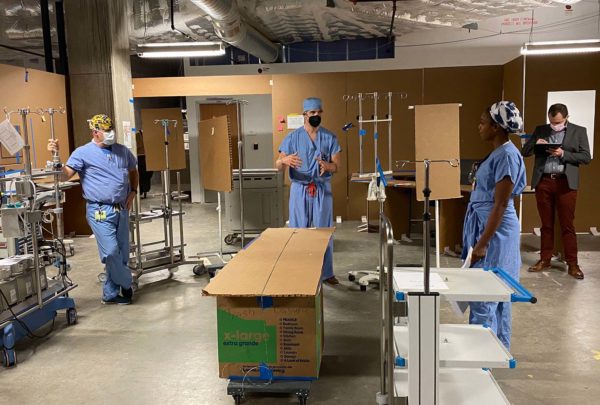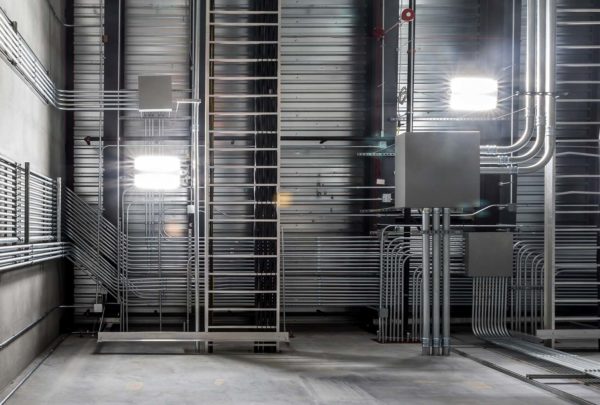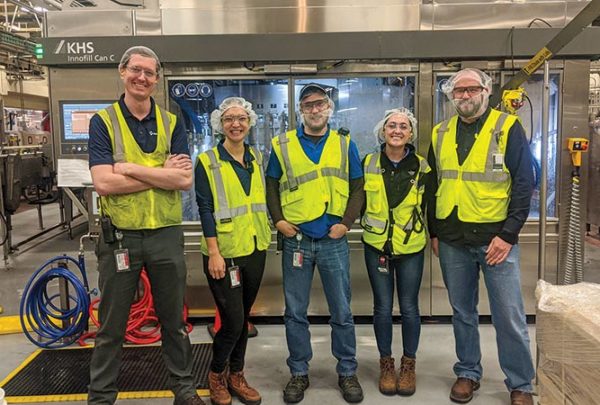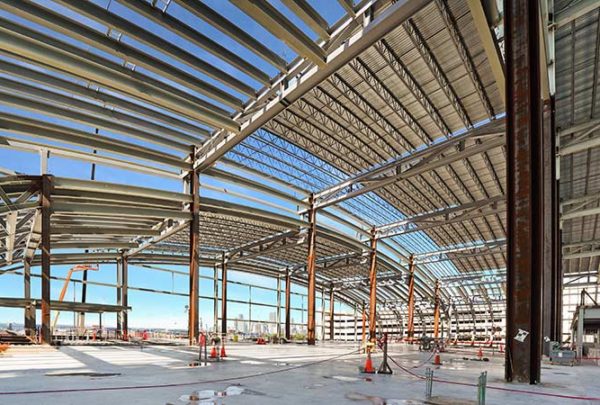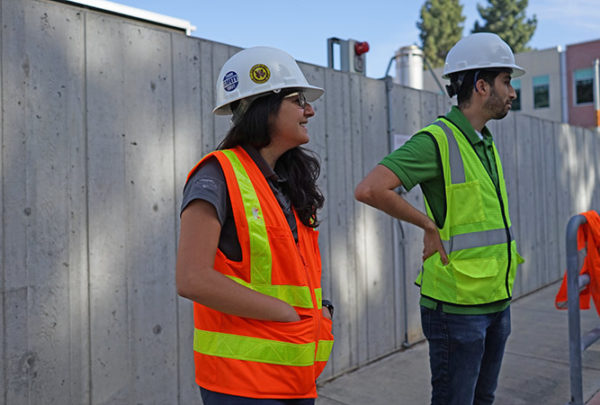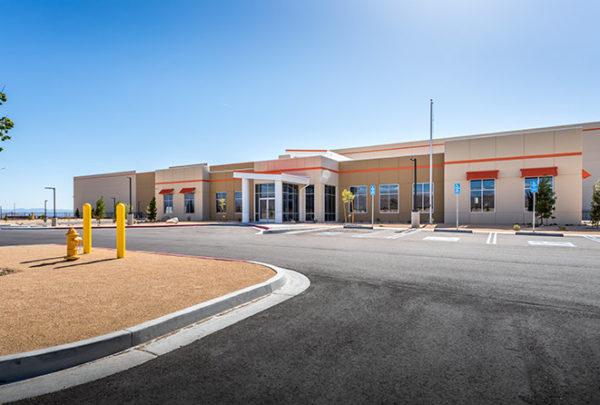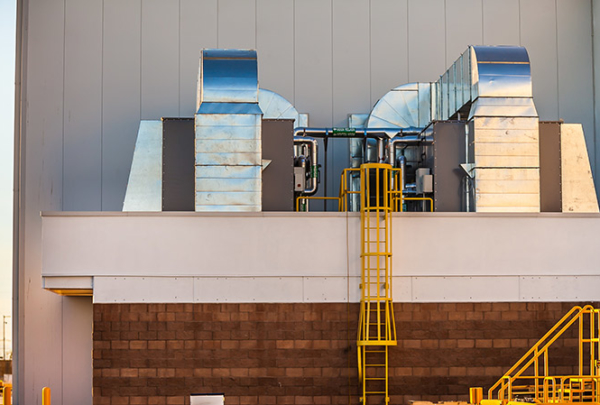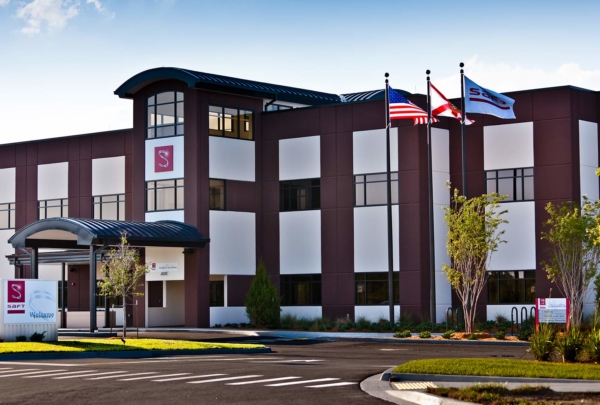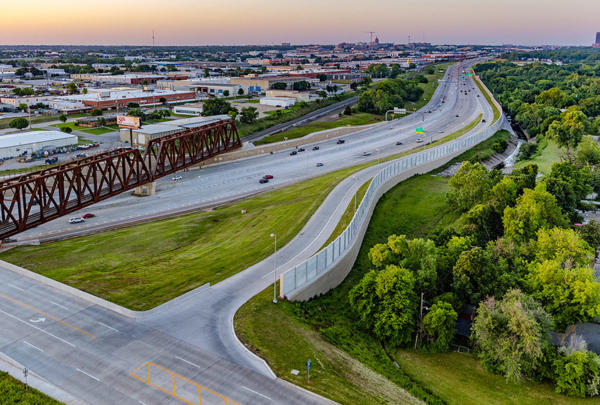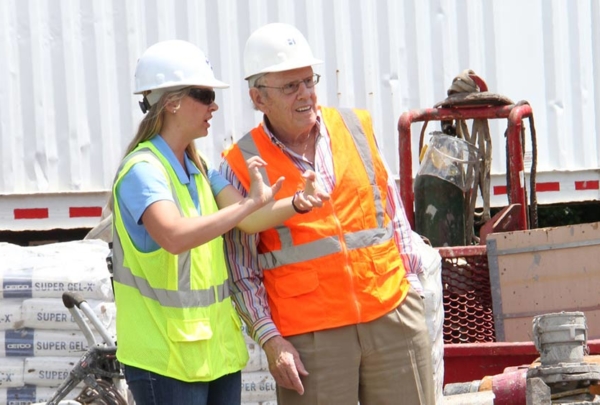With such a profound shift in how to conduct business in a pandemic, determining how to conduct tasks in a sustainable way is important. One aspect that should be evaluated is intertwined throughout any new or renovation project: the site visit. Several parties often need to be involved when evaluating a location for a prospective job, during design development and construction, and during construction closeout and commissioning. While technology can be implemented to overcome physical barriers being imposed to prevent the spread of COVID-19 and minimize travel, different types of technology can be used to ensure the right tool is being implemented for the job. The following are a few pieces of technology specifically considered for use in engineering and building construction to keep the process on track while many team members have to remain off-site.
360 Video
Cameras have become ubiquitous, with every smartphone user having one at their fingertips; however, they have a common shortfall: limited field of view. Site visits are under a host of constraints such as lack of time, limited attendees, and inclement weather. Though one’s instinct may be to compensate for these limitations with a blitz of photos whenever possible, the result is often too many files with little frame of reference, and any useful photos are lost in the crowd. On the other end of the spectrum, most engineers and designers can likely recall a time where a critical area of the site was just outside the frame of every available photo.
This is where 360 photo and video cameras can become a savior. They are a bit of a niche market, but they fill a role that is just not available in conventional smartphones at this time. One video lasting less than a minute can capture hundreds of square feet within or outside a building. Because of the inherent unlimited viewing angle of the video, the only areas that are obstructed from view are those directly behind the camera operator. Additionally, the video allows the camera operator to preface the video with the area being observed and narrate along the way. Within a few minutes, a thorough walkthrough with a 360 camera can substantially reduce the amount of note-taking normally required to document as-built conditions.
The advantages are numerous. CAD/BIM designers – many of whom do not have the luxury of visiting a site that is being designed – will need to reproduce as-built conditions back in an office. With the 360 video, they can have a comprehensive virtual layout of the space and do not have to rely on hastily crafted hand sketches. This can also aid in reducing the number of individuals needed at the site visit, with one attendee filming a site for the remaining team members to watch later. This is especially important when many employees are working remotely. If the camera operator narrates the footage, videos can be replayed to recall important notes on specific areas. By condensing the time traditionally required to take photos, sketch layouts, and take notes, more time can be spent interacting with the end-user or the building operators to glean additional insights that will better meet the facility’s needs.
What about changes in scope? Many times, smaller changes in scope can be accommodated by the initial site footage without having to return for additional documentation. Areas or equipment that may not have been deemed important initially are still captured in the 360 field of view. A good walkthrough will inevitably capture the entire area and can be referenced immediately to assess the feasibility and estimated cost of the change. This can reduce the overhead cost of another site visit while also expediting contractual decisions and contracts between building operators, engineers, and contractors.
“Cloud” Storage
While scrambling to move to remote work during the initial months of the COVID-19 outbreak, many people were obligated to learn some form of cloud storage on the fly. Now may be a good idea to evaluate which cloud storage options are available, whether the methods currently being used are still appropriate, and the effectiveness of these methods when applied to the engineering and building construction environment. Below focuses on two cloud storage concerns, one for Building Information Modeling (BIM) files and the other for general files.
BIM360
While BIM360 has been available for some time now, with many individuals working remotely and collaborating from more geographic areas, the tool may be more helpful for some companies. Those who use Revit are well-acquainted with the time required to load BIM models, which can be exacerbated if the company local area network (LAN) is experiencing high traffic from many remote users simultaneously. BIM360 allows the Revit file to be saved to Autodesk’s cloud storage so individual users can access those files directly without having to bottleneck at the company’s LAN. This is especially important when multiple disciplines are attempting to coordinate simultaneously on a design and require regular updates throughout the day.
Cloud Storage (general files)
While many cloud storage options are available, it is important to consider what is being done with the data being stored and where it is being stored. One main concern is the security of the data. What type of hardware is being used to store the data? Is it centralized or decentralized? Using a cloud system that utilizes newer hardware to minimize the potential for losing data, as well as ensuring that a breach of that system’s hardware does not eradicate or compromise your entire company’s data, is important. Additionally, many companies cannot guarantee that the data is stored within the United States. Consider the type of work that your company is conducting and if it is acceptable to have that work potentially being exposed in a data center internationally. This is especially important when working on VA or defense contracts.
